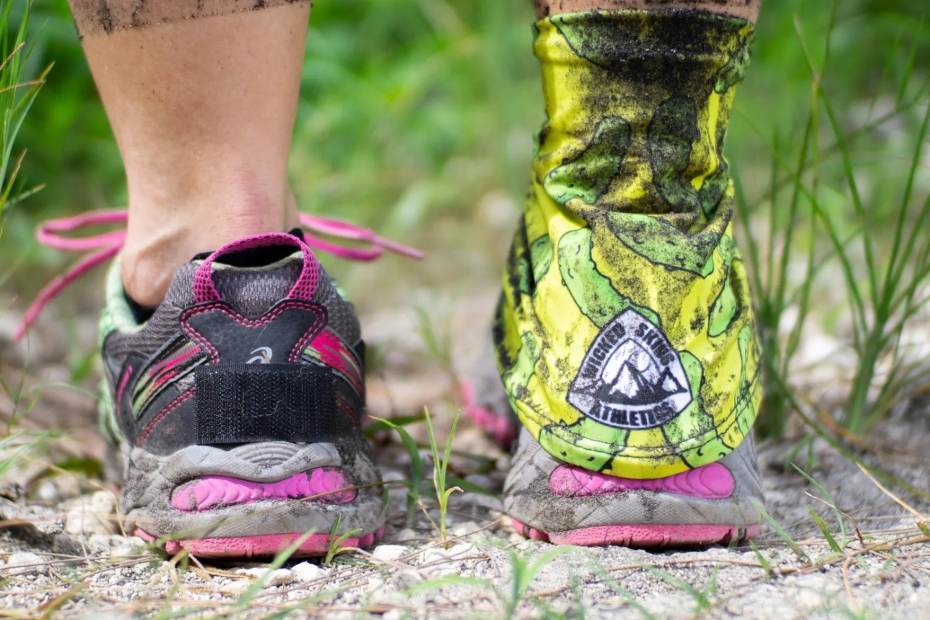Looking for the perfect set of hiking gear? We’re here to help.
Every hike is unique yet there will always be items that you need no matter what.
In this article, we will take a look at some common and some uncommon hiking gear for your trip.
Table of Contents
A Good Pair of Shoes
You need to wear hiking shoes that are comfortable and can withstand rough terrain. You also don’t want any small objects into your shoes like rocks or sand. For this reason, we recommend staying away from low top shoes.
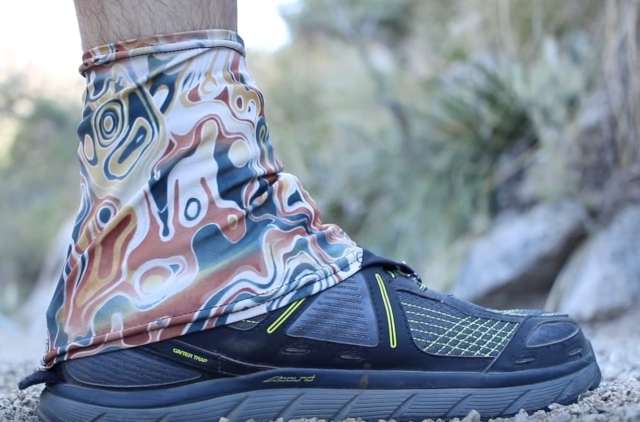
However, a good alternative is to use gaiters, which strap over your hiking boots and around your leg. With the gaiters in place, you have protection from branches, thorns, mud, snow, and dirt.
For further reading on hiking shoes, please read our post about that.
Blister Protection
You’ll need a good pair of socks for many reasons such as comfort and warmth. However, your most compelling reason to invest in a good pair of socks is blisters.
Nobody enjoys getting blisters. They are painful and irritating and take days to heal. They are caused by your skin constantly rubbing against something, and having fluid build up as a result. A thick pair of well-fitting socks will help reduce your chances of getting blisters.
If you have parts of your body that are prone to getting blisters, you could use some extra protection. Your second line of defense after a good pair of socks, is some medical tape. You can place the medical tape on existing blisters to reduce any further rubbing. Additionally, you can put the tape on spots where you know you’ll get a blister. The tape will act as a shield for your skin and reduce your chances of getting a blister.
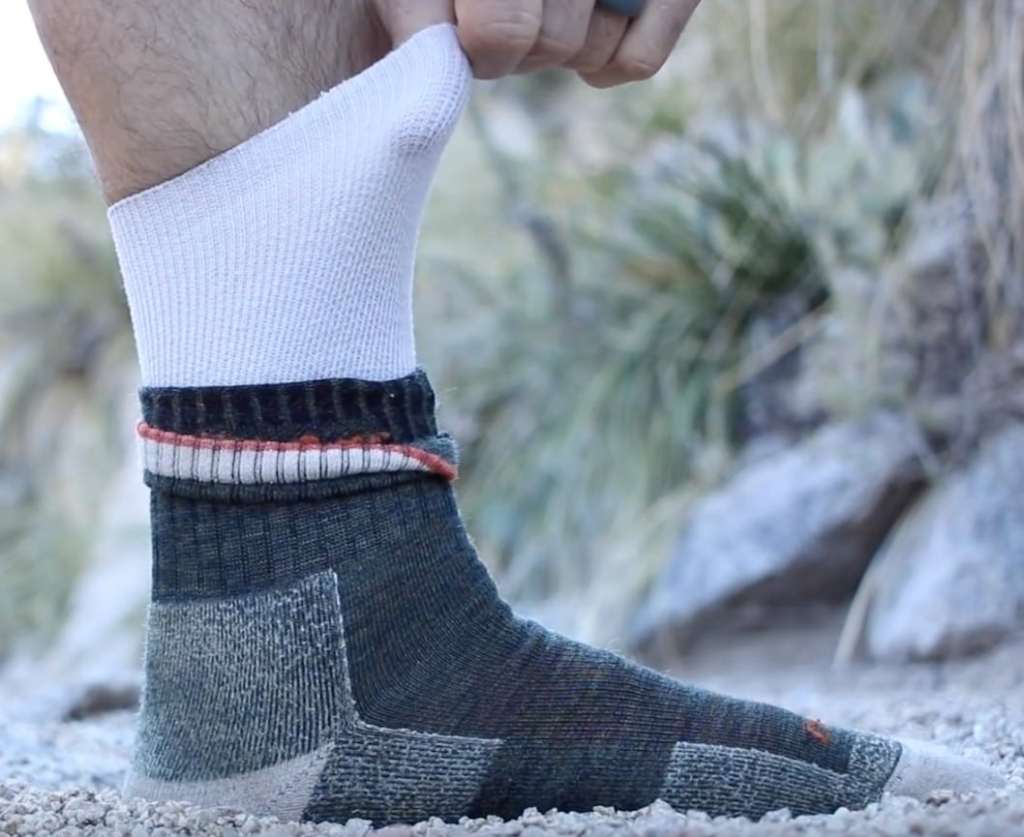
For added protection, you can use moleskin. Moleskin is a heavy cotton fabric that you can stick to your blister or blister prone spots. Since the material is thicker, it will provide a little more protection than regular medical tape. However, the thickness can also take up more space in your boot and create a new problem area for blisters.
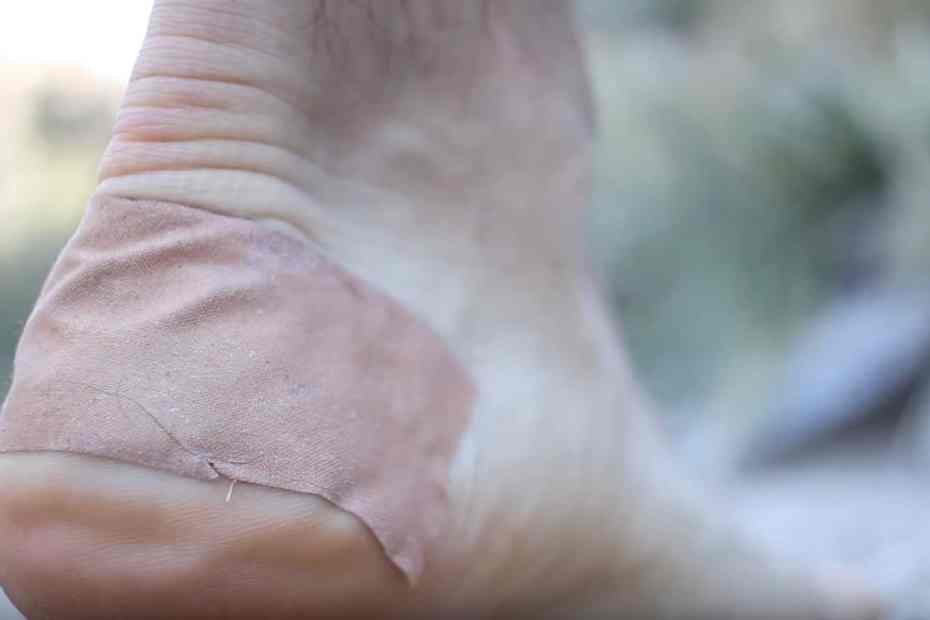
If you find the medical tape or moleskin falls doesn’t stick, you can purchase a roll of Leukotape. One roll will last you a very long time and it will stick to your skin for days. It’s often used as sports tape to act as a flexible exterior splint, but it works wonders as blister relief.
You can also read more about preventing the other common hiking injuries on our blog.
The Buff is an essential piece in the hiking gear list
If you haven’t heard of this piece of hiking gear, you’re going to be pleasantly surprised. A buff is an extremely versatile neck tube made of stretchy material.
Your uses for a buff are endless. Just some examples for you are as an eye mask, facecloth, micro towel, bandage, pressure pad, bandana, hat, or scarf.
It’s lightweight and easy to carry around since you will be wearing it on your body. See the below diagram for some examples of how you can use a buff.
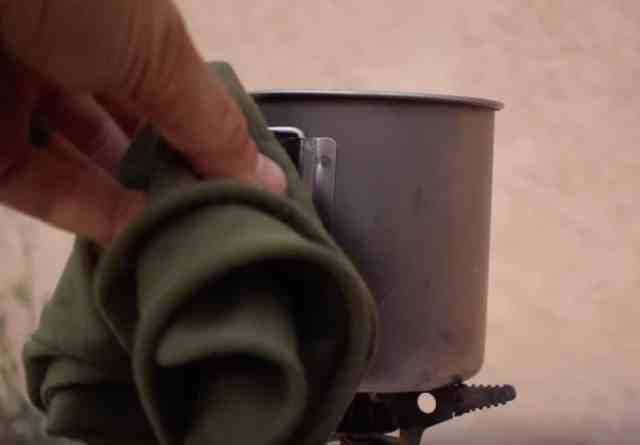
Rain Jacket
When it comes to lightweight hiking gear, a rain jacket is one of the most useful things to bring. When the weather gets bad, you can throw the rain jacket on top of your clothes to stay dry. You’ll be able to protect all your valuables from being damaged. Your rain jacket can also double as a blanket or a sweater if you’re feeling cold. For these reasons, make sure to add a rain jacket to your hiking checklist.
For more ideas of what to bring hiking, check out our hiking checklist for beginners.
